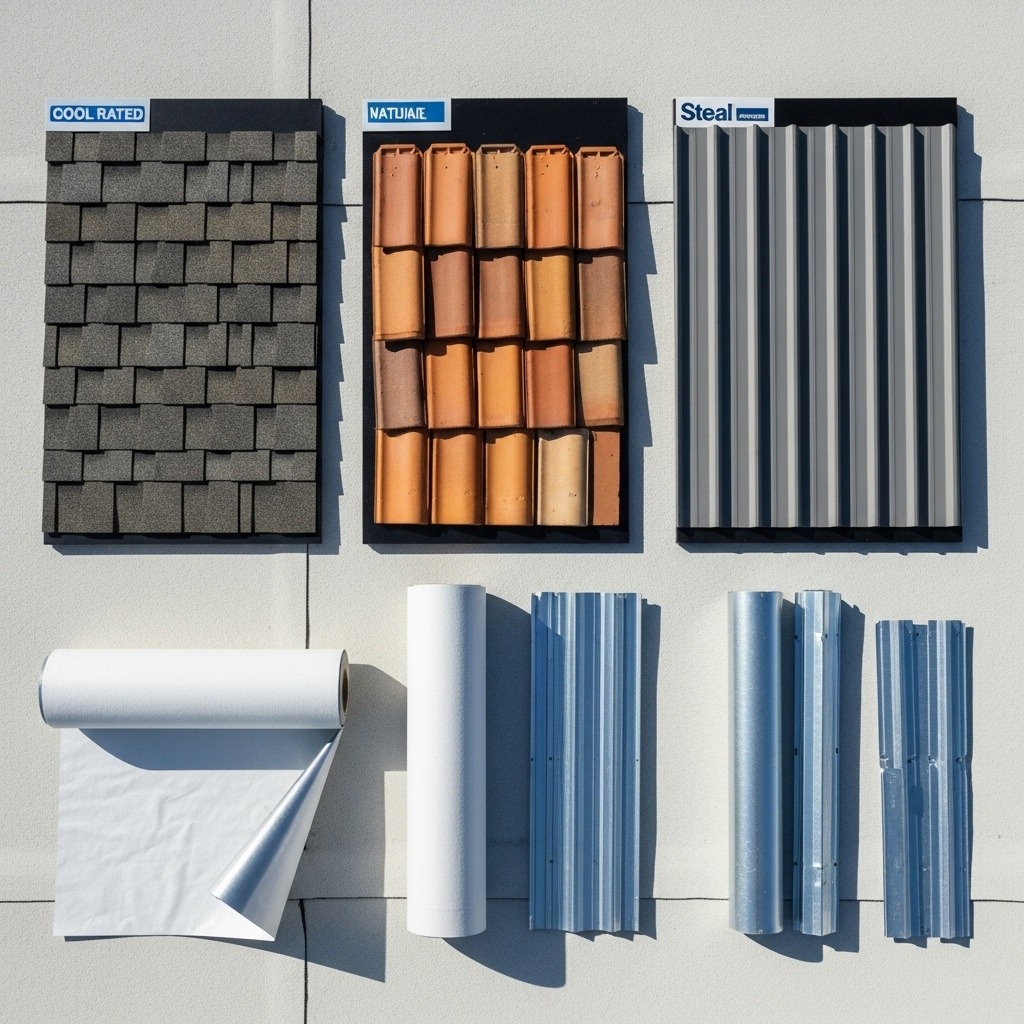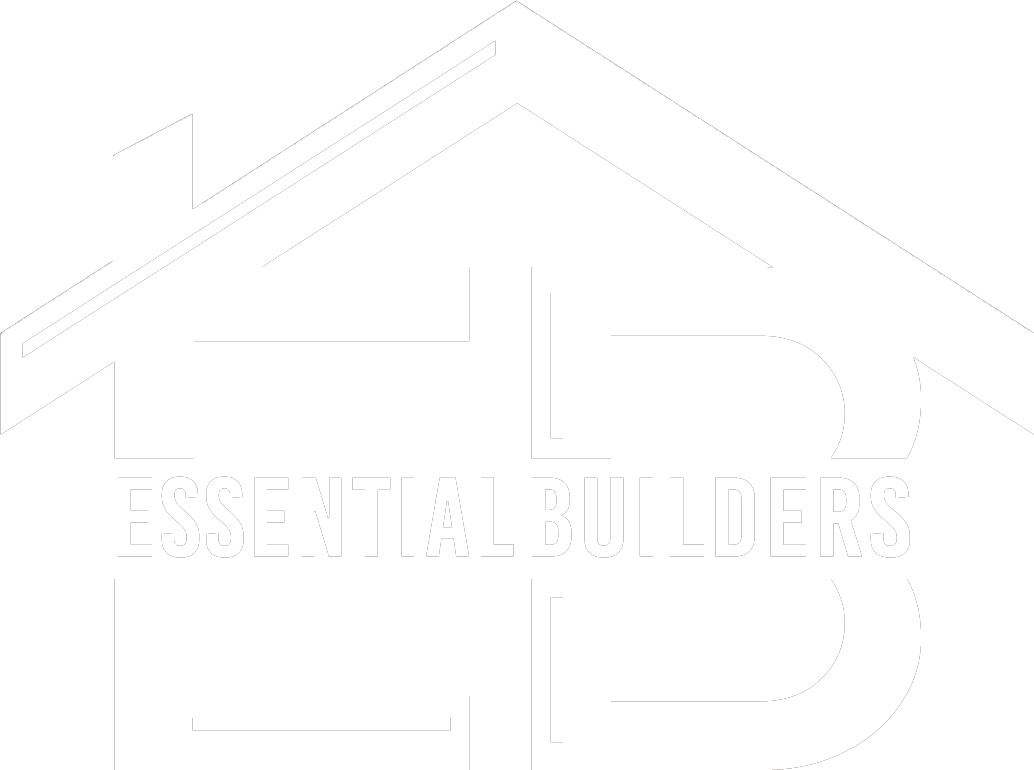
Choosing the best roofing material for a North Hollywood home is not a one-size-fits-all decision. Our Valley heat, Santa Ana winds, and occasional winter downpours push every system in specific ways, and our architecture ranges from stucco bungalows to modern rebuilds with low-slope sections tucked behind street-facing gables. The “best” roof, then, is the one that aligns with your home’s structure, your neighborhood’s style, and the conditions your roof faces year after year. If you are early in your research and want a clear framework, start by understanding the full scope of a new roof installation so material choices can be made in context rather than in isolation.
Let us acknowledge how roofs age here. Afternoon sun bakes west slopes, ridge lines see sustained heat, and winds tug at edges and open valleys. During winter systems, rain can arrive on a slant, testing flashing and the underlayment that quietly does more work than most people realize. Materials that perform admirably in milder climates can struggle in North Hollywood unless paired with the right supporting components and installed to local best practices. That is why experienced installers talk about systems: deck, underlayment, flashing, ventilation, and the visible surface working together.
Asphalt shingles: versatile and Valley-proven
Asphalt shingles remain a favorite across North Hollywood for good reasons. They offer a wide range of colors and profiles, from traditional three-tab looks to architectural styles that add depth along ridges and gables. Perhaps more importantly, cool-rated options have become widely available, bringing reflectivity and emissivity that help in our summer heat. Paired with upgraded synthetic underlayment and reinforced valley membranes, shingles can deliver long service life with a clean aesthetic that fits many neighborhoods.
Installation details matter. Shingle nailing patterns must match manufacturer specifications, and edge metal at eaves and rakes needs to be precise to resist wind uplift during Santa Ana events. Ridge ventilation, combined with balanced intake at the soffits, prolongs the life of shingles by reducing attic heat. A good installer will show how these details come together on your specific roof, especially where hips, valleys, and dormers create natural stress points.
Tile: character, longevity, and careful underlayment
North Hollywood has plenty of homes where tile simply looks right. Clay and concrete tile carry a timeless character that pairs beautifully with stucco and arched entries, and they offer longevity when supported by the correct underlayment and flashing details. Because tile systems shed water across overlapping pieces, the underlayment beneath does more than in a shingle system; it is the true waterproofing layer. That means selecting a high-performing underlayment and ensuring proper lapping, fastening, and integration at penetrations and sidewalls.
Weight and structure must be considered. Some homes were built for tile; others were not. A professional will verify load capacity and recommend adjustments if needed. At the details, bird stops, valley metal, and two-piece flashing assemblies around chimneys and walls prevent wind-driven rain from finding its way beneath the tiles. When well executed, a tile roof offers distinctive curb appeal and a service life that aligns with its classic look.
Metal: modern lines and heat reflectivity
For homeowners leaning toward a modern aesthetic or seeking exceptional heat reflectivity, metal roofing presents a compelling option. Standing seam profiles deliver clean lines that complement contemporary remodels, and metal’s inherent reflectivity helps manage attic temperatures under relentless Valley sun. Properly installed with concealed fasteners and high-quality underlayment, metal systems resist wind uplift and offer reliable performance across seasons.
Transitions are critical on homes that mix materials. Where metal meets stucco or ties into a low-slope section, precise flashing protects against capillary action and wind-driven rain. Noise, often a question with metal, is managed through deck integrity and underlayment choices. A holistic approach that includes ventilation and thoughtful detailing results in a quiet, stable system even during gusty conditions.
Low-slope solutions: membranes that move water
Many North Hollywood homes carry a low-slope section at the rear, especially where additions meet original structures. These areas benefit from single-ply membranes or modified bitumen systems designed to keep water moving and sealed. The choice depends on access, existing conditions, and how the low-slope roof transitions to adjacent steep-slope surfaces. Edge metal that directs water into gutters, properly placed drains or scuppers, and reinforced seams at corners ensure durability when rain arrives with wind behind it.
A successful low-slope installation starts with a stable substrate. If the deck shows signs of ponding-related damage or previous patchwork, those issues are resolved before new material is laid. The result is a clean surface for precise seams and terminations. Because these sections can be out of sight and out of mind compared to the front-facing roof, a professional will walk you through maintenance habits that keep them performing, like clearing debris that collects near parapets and scuppers.
Underlayment: the quiet defender
Regardless of the finish material you choose, underlayment is the layer that quietly protects your home from the surprises of our climate. Synthetic products offer superior tear resistance and UV stability during installation, and self-adhered membranes in valleys and at eaves add a redundant seal where water and wind concentrate. In tile installations, a high-quality underlayment is the heart of the waterproofing. In shingle and metal systems, it provides a critical secondary barrier should wind find its way under the surface.
In North Hollywood’s heat, underlayment also contributes to attic temperature management when paired with proper ventilation. While it is not a substitute for insulation or airflow, a thoughtful combination of layers, reflectivity in the finish material, and balanced intake and exhaust creates a roof that works with, not against, the weather.
Flashing and ventilation: details that pay off
Flashing is the art and science that keeps water where it belongs. Step flashing along sidewalls, counterflashing where stucco meets the roof, and saddles behind chimneys all work together to prevent intrusions. Metals should be selected for durability and compatibility with surrounding materials. Ventilation, meanwhile, is the engine of longevity. Balanced airflow through the attic reduces heat buildup, protects the deck, and supports the performance of any finish material you select.
These details are rarely celebrated in glossy brochures, but in our Valley conditions, they are the difference between a roof that merely looks nice and one that delivers year after year. A professional who can explain how each flashing detail will be executed on your home—and how intake and exhaust will be balanced—gives you confidence that the visible material will have the support it needs.
Bringing style into the conversation
While performance comes first, style matters. A roof is a large part of your home’s visible character. Architectural shingles can add shadow lines that complement mature trees and stucco textures. Tile speaks to classic Southern California heritage and feels at home on streets lined with arches and courtyards. Metal pairs beautifully with clean, modern lines, new windows, and updated hardscape. The best material is the one that respects your home’s architecture while meeting our climate head-on.
Color choices impact performance as well as appearance. Lighter shades can reflect more heat, and in neighborhoods where sunlight bounces off surrounding hardscape, that reflectivity is welcome. Cool-rated options in both shingles and metal help satisfy energy requirements and can improve comfort during prolonged heat waves. Your installer can show you how color, profile, and performance intersect for your specific roof design.
How to decide confidently
The decision becomes easier when you frame it around your roof’s slope, your home’s structure, and your maintenance preferences. If you favor minimal upkeep and a clean, contemporary look, metal may rise to the top. If your home calls for traditional character and you are comfortable with the structural requirements and underlayment focus, tile might make sense. If you want a balance of cost, performance, and curb appeal, cool-rated shingles paired with well-executed ventilation often hit the sweet spot for North Hollywood.
Ask your installer to present options as systems rather than single products. You should see underlayment types, flashing details, ventilation plans, and finish materials working together. That way, you choose the combination that fits your priorities rather than guessing based on appearance alone. In the middle of weighing options, it is helpful to revisit the fundamentals of new roof installation so each choice supports the next.
Frequently asked questions about materials
Which material handles North Hollywood heat best? Several do when paired with proper ventilation. Cool-rated shingles and metal roofs offer strong heat reflectivity, while tile can perform well thanks to its mass and the airflow it allows beneath. The right underlayment and balanced attic ventilation are the keys to longevity for any of them.
Is tile always better because it lasts longer?
Tile can last a long time, but the system’s performance depends on the underlayment and flashing quality, and on whether your home was designed for the weight. In many cases, a well-installed shingle or metal roof offers excellent longevity with lower structural demands.
Can I mix materials on one house?
Absolutely, and many North Hollywood homes do. It is common to see shingles on the main roof with a membrane on a low-slope addition, or metal accents over porches. What matters is the quality of the transitions and the compatibility of materials where they meet.
Do cool roofs look too reflective?
Not anymore. Manufacturers offer a range of colors and finishes that meet cool roof standards without a glaring sheen. You can achieve a traditional or modern look while still meeting energy guidelines and enjoying improved comfort.
How important is underlayment choice?
Extremely. Underlayment is your backup protection and, in tile systems, the primary waterproofing. In our climate, selecting higher-performing products for valleys, eaves, and under the main field pays off during wind-driven rain and prolonged sun exposure.
What about noise with metal roofs?
With a solid deck, quality underlayment, and correct fastener systems, modern metal roofs perform quietly, even in wind. Much of the old concern came from installations over open framing, which is not how residential metal roofs are typically installed today in our area.
Are membranes on low-slope roofs durable?
Yes, when installed on a stable substrate with well-executed seams and terminations. Proper drainage design and regular clearing of debris at scuppers and parapets go a long way toward keeping low-slope sections in top shape.
Ready to choose the right roof for your home?
If you want a roof that looks right on your block and stands up to our Valley climate, sit down with a local professional who can present complete systems and walk through the tradeoffs. Ask questions, consider maintenance habits, and select materials that support each other from deck to ridge. When you are ready to move forward, explore your options for new roof installation and start the process with confidence and clarity.

